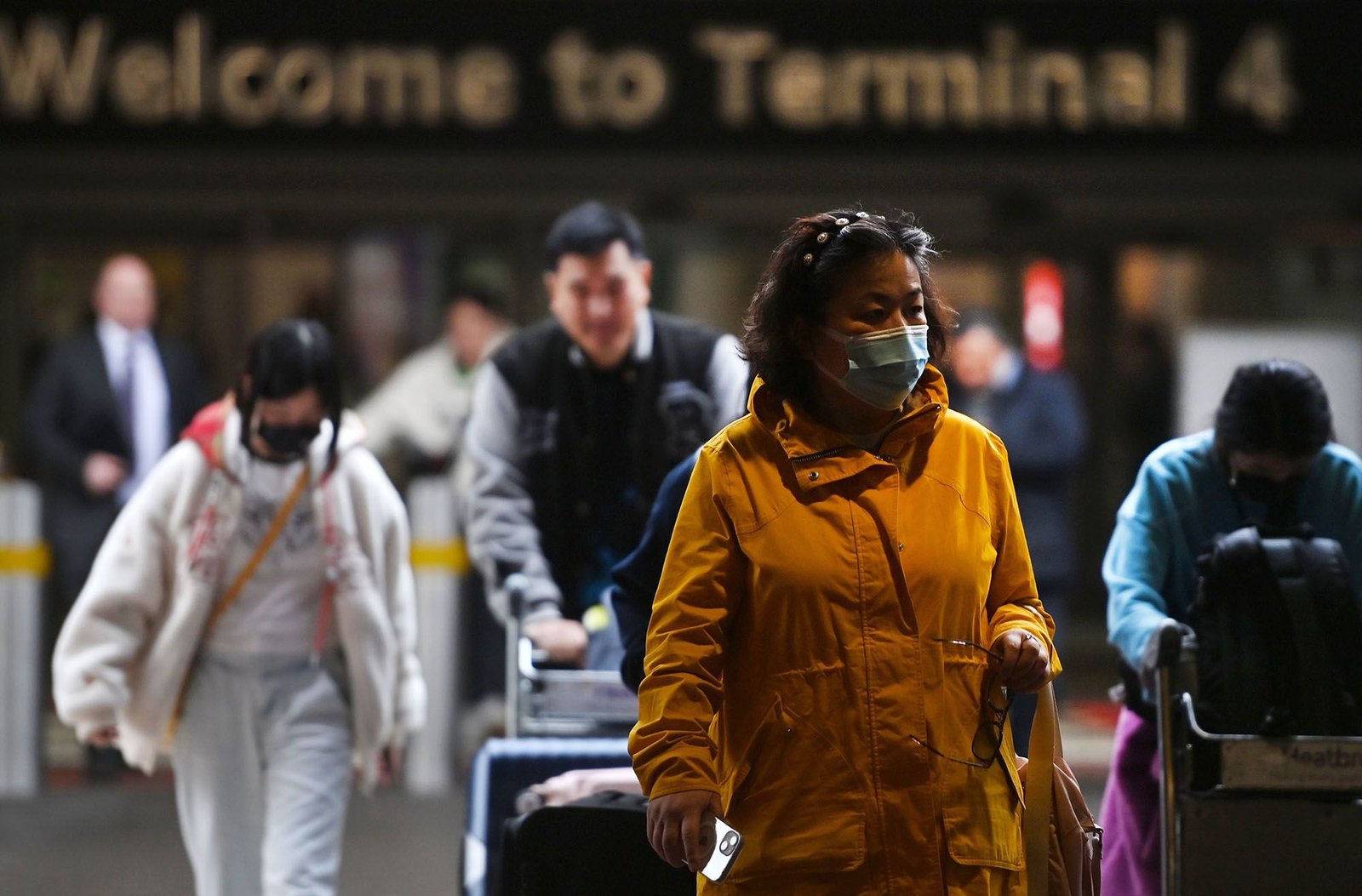An Overview
India, a land of immense diversity, is characterized by vast geographical stretches and a massive population that ranks among the largest in the world. This diversity is reflected in its federal structure, with states and Union Territories (UTs) differing significantly in terms of size, population, culture, and economy. As of 2025, Rajasthan holds the distinction of being the largest state in terms of area, whereas Uttar Pradesh remains the most populous. Similarly, among Union Territories, Jammu and Kashmir leads in land area, while Delhi tops the population chart.
This article explores the largest Indian states and UTs by area and population, their unique features, and their role in shaping India’s demographic and economic landscape.
Largest State in India by Area – Rajasthan
Rajasthan occupies the top spot as the largest state in India by area, spreading over 342,239 square kilometres, which accounts for about 10.4% of India’s total land area. Situated in the northwestern region of the country, it shares borders with five states—Punjab, Haryana, Uttar Pradesh, Madhya Pradesh, and Gujarat—along with an international border with Pakistan.
- Geography and Topography: Rajasthan’s geography is dominated by the Thar Desert, also known as the Great Indian Desert, which significantly influences its climate and ecosystem. The Aravalli Range runs through the state, creating a natural division between the fertile eastern plains and the arid western desert.
- Climate: The state experiences an arid to semi-arid climate, characterized by extremely hot summers, mild winters, and minimal rainfall. The average annual rainfall is low, primarily due to the desert region. These climatic conditions shape the lifestyle and agricultural practices in the state.
- Flora and Fauna: Despite its dry environment, Rajasthan supports a remarkable variety of wildlife. The state is home to tigers, leopards, chinkaras, blackbucks, and blue bulls, among other species. Desert-adapted plants like khejri trees and shrubs dominate the flora.
- Tourism and Heritage: Rajasthan is one of India’s most visited states, thanks to its majestic forts, grand palaces, colorful festivals, and UNESCO World Heritage Sites. Destinations like Jaipur, Udaipur, Jaisalmer, and Jodhpur attract millions of domestic and international tourists each year.
- Demographics and Economy: According to the 2011 Census, Rajasthan had a population of 5 million with a literacy rate of 66.11%. Over the past decade, the state has focused on improving education, infrastructure, and industrial development.
Economically, Rajasthan is diverse, with sectors like agriculture, tourism, mining, textiles, IT, and renewable energy contributing significantly. In 2023-24, the state recorded a Gross State Domestic Product (GSDP) of $182.02 billion, growing at 8.03% (constant prices).Top 10 Largest States in India by Area (2025)
| Rank | State | Area (km²) |
| 1 | Rajasthan | 342,239 |
| 2 | Madhya Pradesh | 308,252 |
| 3 | Maharashtra | 307,713 |
| 4 | Uttar Pradesh | 240,928 |
| 5 | Gujarat | 196,024 |
| 6 | Karnataka | 191,791 |
| 7 | Andhra Pradesh | 160,205 |
| 8 | Odisha | 155,707 |
| 9 | Chhattisgarh | 135,191 |
| 10 | Tamil Nadu | 130,058 |
Largest State by Population – Uttar Pradesh
When it comes to population, Uttar Pradesh (UP) is unmatched. With an estimated 241 million residents in 2024, the state accounts for roughly 17% of India’s population, making it not only the most populous state in the country but also one of the most populous sub-national entities in the world.
- Demographic Details
- Population (2011 Census):8 million
- Current Estimate (2024): ~241 million
- Area: 240,928 km²
- Population Density: ~991 per km²
- Literacy Rate: ~67.68%
- Sex Ratio: 912 females per 1,000 males
- Geography: UP’s geography includes the Himalayan foothills in the north, the fertile Gangetic Plains, and parts of the Vindhya Hills. These regions make it a major agricultural hub, producing crops like wheat, rice, sugarcane, and pulses.
- Climate and Biodiversity: The state experiences a tropical monsoon climate, with scorching summers, rainy monsoons, and cold winters marked by fog. Uttar Pradesh also has 26 wildlife sanctuaries and several national parks, supporting a rich biodiversity that includes forests, grasslands, and wetlands.
- Economy: Uttar Pradesh has a highly diversified economy, with strong contributions from agriculture, manufacturing, services, and tourism. The state’s GSDP for 2023-24 was approximately ₹25.48 lakh crore (US$310 billion), registering a growth of 8%, and contributing about 8% to India’s GDP.
Top 10 Most Populous States in India (2025)
| Rank | State | Population (2011 Census) |
| 1 | Uttar Pradesh | 199,812,341 |
| 2 | Maharashtra | 112,374,333 |
| 3 | Bihar | 104,099,452 |
| 4 | West Bengal | 91,276,115 |
| 5 | Madhya Pradesh | 72,626,809 |
| 6 | Tamil Nadu | 72,147,030 |
| 7 | Rajasthan | 68,548,437 |
| 8 | Karnataka | 61,095,297 |
| 9 | Gujarat | 60,439,692 |
| 10 | Andhra Pradesh | 49,386,799 |
Largest Union Territory by Area – Jammu and Kashmir
Among Union Territories, Jammu and Kashmir (J&K) holds the title of the largest in terms of area, spanning 55,538 square kilometres. The UT came into existence after the Jammu and Kashmir Reorganisation Act, 2019, which bifurcated the former state into J&K and Ladakh.
- Key Features
- Population: ~12.5 million
- Sex Ratio: 889 females per 1,000 males
- Literacy Rate:16%
- Topography: Home to the Himalayan ranges, lush valleys, and rivers like the Jhelum and Chenab.
- Economy: Driven by agriculture, tourism, and handicrafts, the UT’s GSDP for 2024-25 is estimated at ₹2.63 lakh crore (US$31.8 billion) with a growth rate of 5%.
Largest Union Territory by Population – Delhi
While small in size (1,484 km²), Delhi is the most populous Union Territory, housing over 16.7 million people (2011 Census). As the national capital, it is a political, cultural, and economic hub, playing a pivotal role in India’s governance and trade.
Top Union Territories by Area and Population
| Rank (Area) | Union Territory | Area (km²) |
| 1 | Jammu & Kashmir | 55,538 |
| 2 | Ladakh | 59,146 |
| 3 | Andaman & Nicobar Islands | 8,249 |
| Rank (Population) | Union Territory | Population (2011) |
| 1 | Delhi | 16,787,941 |
| 2 | Jammu & Kashmir | 12,541,302 |
Smallest State by Area – Goa
At the other end of the spectrum, Goa is the smallest state by area, occupying just 3,702 km². Despite its size, Goa enjoys high economic growth and living standards, thanks to its tourism-driven economy. Known for its beaches, heritage architecture, and vibrant culture, Goa is a major attraction for both domestic and international tourists.
Conclusion
India’s largest states and UTs, whether by area or population, play a crucial role in shaping the country’s social, cultural, and economic dynamics. Rajasthan’s vast deserts, Uttar Pradesh’s massive population, and Jammu & Kashmir’s scenic beauty all contribute to the rich mosaic that defines India. These variations highlight the importance of region-specific development policies and resource management strategies to ensure balanced growth across the nation.





